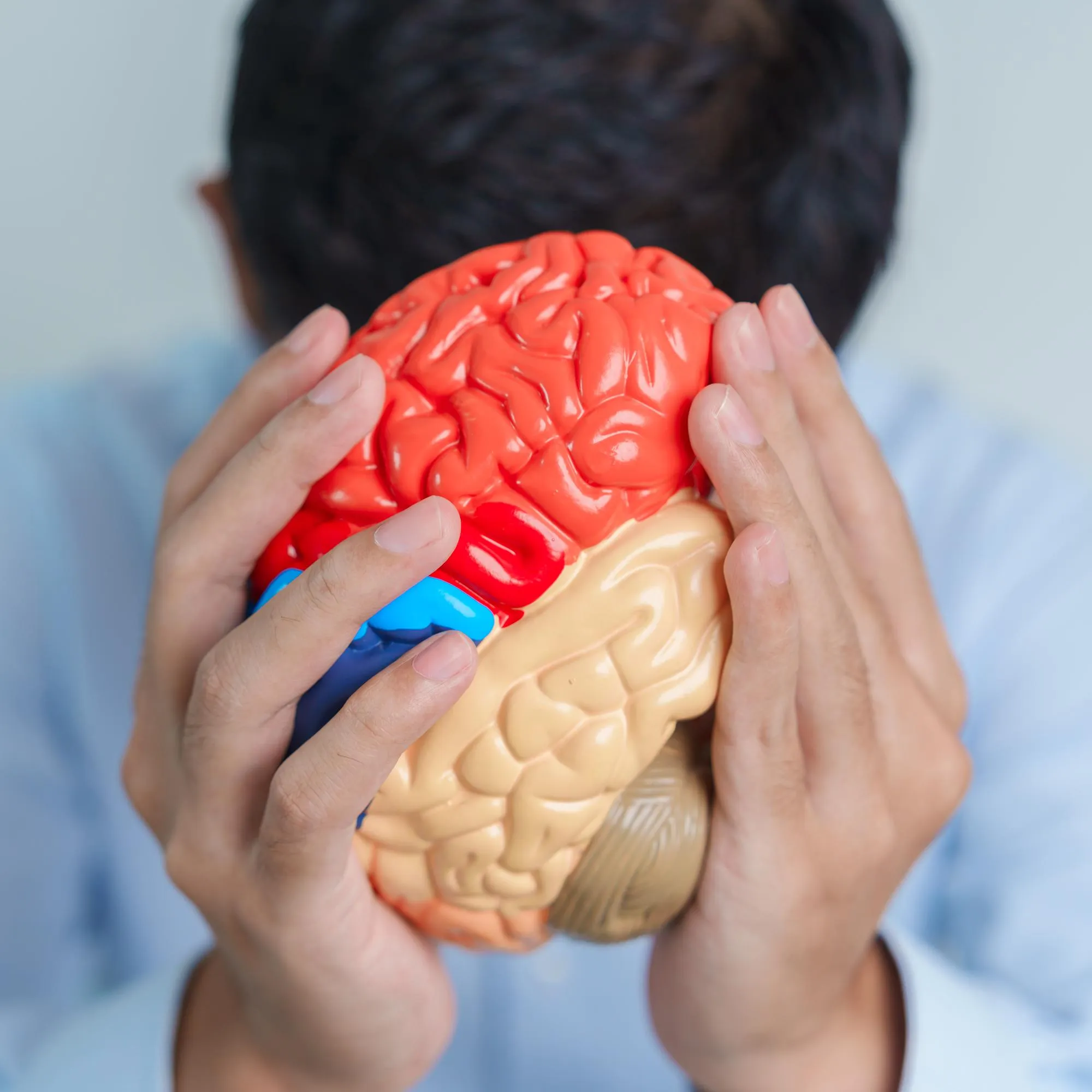Scientific Reports – DOI: 10.1038/s41598-019-43364-7
In a significant breakthrough reported in “Scientific Reports,” researchers from La Trobe University, the Hudson Institute of Medical Research, National Taiwan University Hospital, National University of Singapore, and Monash University have unveiled promising findings concerning the role of interleukin-37 (IL-37) in ischemic stroke patients. Their research suggests that IL-37 not only increases in patients after an ischemic stroke but also has a protective effect against inflammatory brain injury, motor impairment, and lung infection in mice. These findings point to the potential of IL-37 as a therapeutic agent in stroke management, representing hope for millions affected by this condition globally.
The Scourge of Ischemic Stroke
Ischemic stroke, resulting from a blood clot obstructing blood flow to the brain, is a leading cause of death and disability worldwide. Post-stroke inflammation is thought to play a critical role in secondary brain injury and contributes to systemic immunosuppression, making patients more susceptible to infections.
Surge of IL-37 After Stroke
The team, including prominent researchers Zhang Shenpeng, Nold Marcel, Tang Sung-Chun, and others, investigated the effect of ischemic stroke on circulating IL-37 in humans. The study involved 55 patients who had experienced an ischemic stroke. Researchers observed that in the first three days following the stroke, plasma levels of IL-37 in these patients were about twice as high as those in 24 control subjects.
Mice Studies and Transgenic Possibilities
Parallel to the human study, the researchers analyzed the outcome measures of ischemic stroke in mice transgenic for human IL-37. They discovered marked increases in plasma IL-37 and brain IL-37 mRNA in IL-37tg mice compared with sham-operated counterparts. Notably, IL-37tg mice also exhibited less severe motor deficits, smaller cerebral infarcts, and reduced incidence of bacterial lung infection.
A Diminished Inflammatory Response
One of the remarkable aspects of the study was the diminished inflammatory response in IL-37tg mice post ischaemia-reperfusion injury. The ischemic hemisphere had significantly fewer pro-inflammatory microglia-macrophages and a much higher expression of anti-inflammatory markers compared to wild-type mice.
Why IL-37 Could Be a Game-Changer
For years, scientists have been trying to find ways to mitigate the detrimental inflammatory response following an ischemic stroke. The unique properties of IL-37, an immunosuppressive cytokine from the IL-1 superfamily, suggest that it may play a critical role in regulating this inflammatory process. This regulation is vital because while inflammation is part of the body’s natural response to injury, excessive inflammation after a stroke can exacerbate brain damage and hinder recovery.
Clinical Implications and Future Directions
The therapeutic potential for IL-37 in treating ischemic stroke is considerable. The cytokine’s ability to modulate the immune response suggests that it could be used to reduce the harmful effects of post-stroke inflammation on the brain and to help prevent post-stroke complications like pneumonia.
Future research will delve into the precise mechanisms by which IL-37 affects inflammation and recovery post-stroke. It is also essential to understand the optimal IL-37 levels needed to confer protection and the timing of administration post-stroke for the best outcomes. Furthermore, clinical trials in humans will be necessary to determine the safety and efficacy of IL-37 as a treatment for ischemic stroke.
Conclusion
The study published in “Scientific Reports” (DOI: 10.1038/s41598-019-43364-7) offers a new perspective on stroke treatment with the potential to notably improve patient outcomes. Interleukin-37 emerges as a promising therapeutic target, which, through its immunosuppressive and anti-inflammatory actions, could mitigate secondary brain damage and support recovery in stroke patients.
References
1. Zhang, S. R., et al. (2019). IL-37 increases in patients after ischemic stroke and protects from inflammatory brain injury, motor impairment, and lung infection in mice. Sci Rep, 9(6922). doi: 10.1038/s41598-019-43364-7.
2. Gelderblom, M., et al. (2009). Temporal and spatial dynamics of cerebral immune cell accumulation in stroke. Stroke, 40(1849), 1857. doi: 10.1161/STROKEAHA.108.534503.
3. Donnan, G. A., et al. (2008). Stroke. Lancet, 371(1612), 1623. doi: 10.1016/S0140-6736(08)60694-7.
4. Anrather, J., & Iadecola, C. (2016). Inflammation and Stroke: An Overview. Neurotherapeutics, 13(661), 670. doi: 10.1007/s13311-016-0483-x.
5. Nold, M. F., et al. (2010). IL-37 is a fundamental inhibitor of innate immunity. Nat Immunol, 11(1014), 1022. doi: 10.1038/ni.1944.
Keywords
1. IL-37 ischemic stroke research
2. Interleukin-37 brain protection
3. Stroke inflammatory brain injury
4. Post-stroke IL-37 therapy
5. IL-37 stroke recovery benefits
